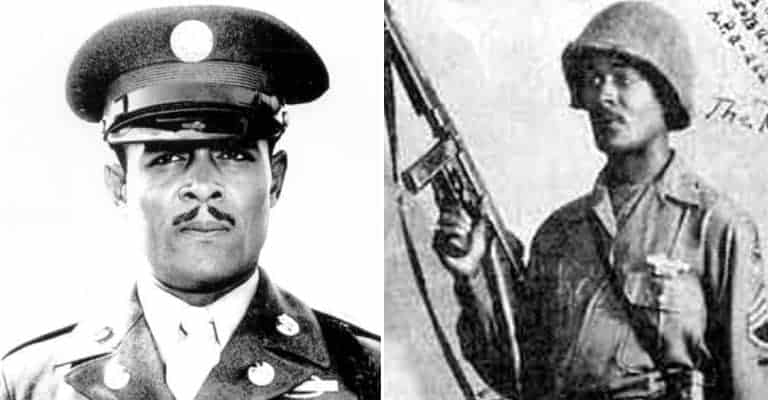There have been about a dozen Spiderman remakes, who knows how many Sharknadoes, and seemingly a hundred Fast & the Furious franchise movies. So it is baffling that Hollywood has never gotten around to making a movie about Edward Allen Carter, Jr. The man’s biography reads like a real-life action-adventure epic, in which, just like a hero from the comics, he donned a figurative cape, and journeyed all over the planet to fight monsters wherever they could be found. And to top it off, the man had movie star good looks.
Carter’s life could be summed up in this: he wanted to fight bad guys, of whom there were many in his lifetime, and he pitched into them with might and mien. He put on his cape and went crusading at age 15 to fight Japanese militarism in China. He then took off to take a whack at fascism, fighting General Franco in the Spanish Civil War. Then, like a video game character working his way up to the highest level to take on the Big Boss, he capped it off by taking on Hitler’s Nazis in World War II, earning a Medal of Honor in the process.

Fighting the Japanese in China as a Teenager
Edward Allen Carter, Jr., was born in California in 1916 to an African American father and an East Indian mother. His parents, Christian missionaries, took him with them first to India, where he grew up, and then to China, which used to be a huge magnet for missionary activities. Young Edward’s African American/ Indian mixed-race background had already set him apart as somewhat unusual for his era. Getting raised in India and China, viewed at the time as the epitomes of the mysterious and exotic Orient, added more layers of complexity to the young man.
For all that China was the biggest attraction for Christian missionaries in those days, they were still relatively thin on the ground in China. That in of itself would have set Carter apart while growing up in China. Blacks were even thinner on the ground in China, which would have set him apart yet even more. While it would not be quite accurate to describe Edward as a social misfit, his background, the restrictions imposed by his religious parents, and the environment in which he grew up, all combined to form him in a different mold.
The first major manifestation of just how different came when he was still in his teens. While there is nothing unusual about teenagers acting up, rebelling, and testing boundaries, Edward’s teenage rebellion, when it came, went beyond testing boundaries to shattering them. No, taking up smoking, drinking, drugs, or hanging out with punks and ne’er do wells: that was for poseurs and pikers, and would not do for Edward Allen Carter, Jr. Instead, he ran away at age 15 to go fight the Imperial Japanese Army.

In 1932, Japan was reeling from the Great Depression. As countries around the world resorted to high tariffs and other trade restrictions to protect their native industries, Japan’s export-based economy was hit hard. So the Japanese cast their eyes on the teeming millions of nearby China, and saw in them the perfect captive market. Diplomacy failed to convince China to adopt trade policies highly favorable to Japan, so the Japanese resorted to arms. In 1932, a red flag operation was staged, Japan falsely claimed it had been victimized by Chinese aggression, and launched a military intervention known as The Shanghai Incident.
That was how Carter got his first taste of combat. At age 15, he ran away from home and joined the Nationalist Chinese forces as they fought to beat off Japanese aggression. Fighting in the ranks of the Chinese 19th Route Army, the teenaged Carter endured aerial bombing from Japanese carrier planes, shelling from Japanese artillery, and ferocious ground attacks from Japanese infantry.
He showed a knack for fighting, and somehow managed to get a brevet commission to lieutenant in the Chinese army. He was sorely disappointed when he was yanked from the front lines and out of the Chinese military, when it was discovered that he was only 15. To Lieutenant Carter’s chagrin, he was discharged and returned to his parents. By then, however, he had gotten his first taste of combat, and decided he liked it. He would be back at it, before long.

